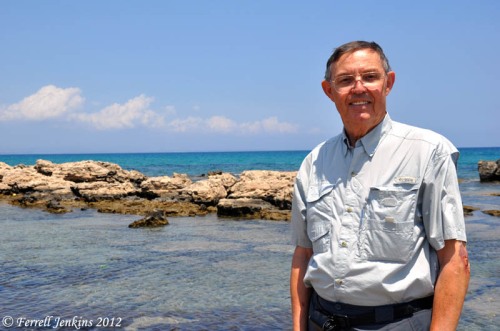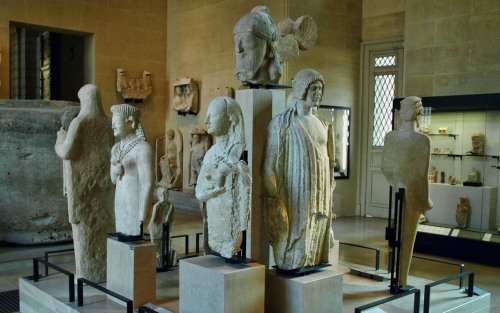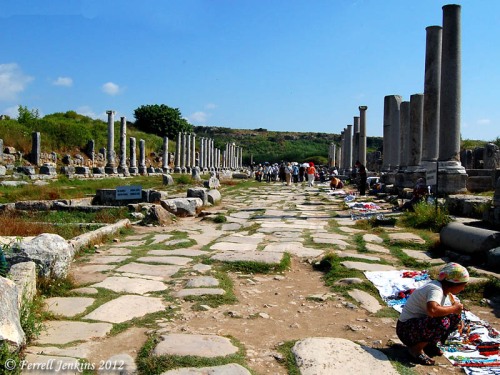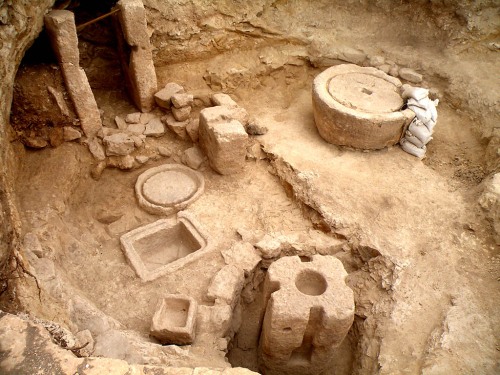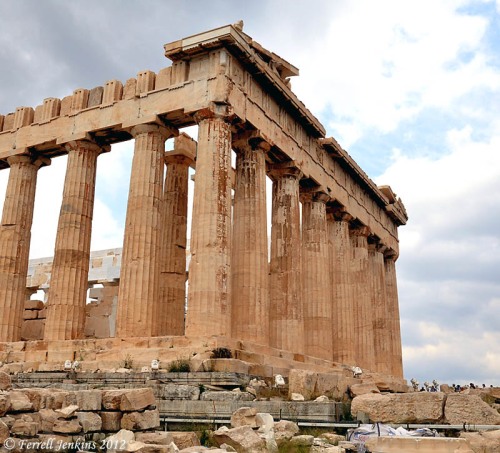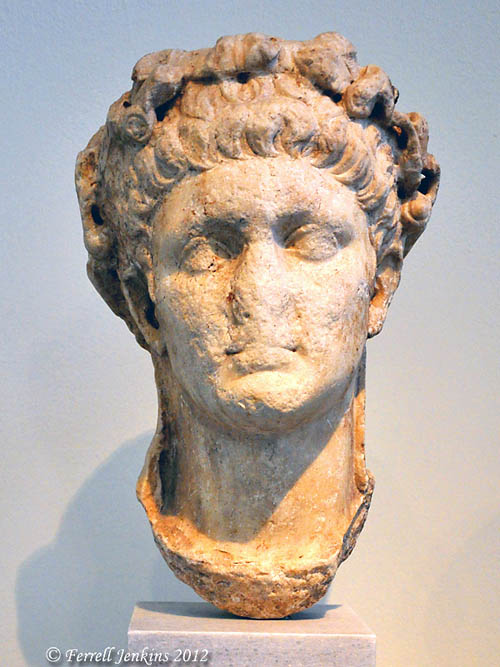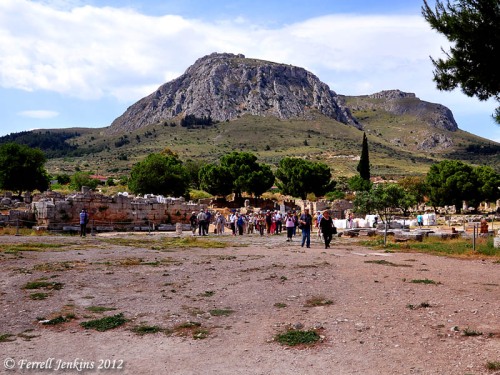To say that the
translation of the English Bible was not a political thing is incorrect. It occurred during a time when there was a
surge in biblical interest, but also became a tool of exploitation. Henry VIII was the third child of Henry VII
and Elizabeth of York. Henry was the
youngest of six siblings, but only 3 survived infancy. His older brother Arthur died at the age of 15, after only 20 weeks of marriage to
Catherine of Aragon. As a result, Henry was appointed Prince of Wales at only
10 yrs old. His father, Henry VII
renewed his efforts to seal a marital alliance between England and Spain, by
offering his second son in marriage to Arthur's widow, Catherine of Aragon. She
was the youngest surviving child of King Ferdinand II of Aragon and Queen
Isabella I of Castile. However, for the new Prince of Wales to marry his
brother's widow, a “dispensation” from the Pope was normally required to
overrule the impediment of affinity because, as told in the Book of Leviticus,
"If a brother is to marry the wife of a brother they will remain
childless." The English and Spanish parties agreed that an additional
papal dispensation of affinity would be prudent to remove all doubt regarding
the legitimacy of the marriage. Fourteen
months after Arthur’s death, she was betrothed to Henry. On 18 February 1516 Queen Catherine bore
Henry his first child to survive infancy, Princess Mary. (A son, Henry, Duke of
Cornwall, had been born in 1511 but lived only a few weeks.) Henry became impatient at her seeming
inability to produce a male heir. By 1525, as Henry grew more impatient, he
became enamored of a charismatic young woman in the Queen's entourage, Anne
Boleyn. Anne at first resisted his
attempts to seduce her, and refused to become his mistress. However, Anne saw
her opportunity in Henry's infatuation and determined she would only yield to
his embraces as his acknowledged queen.
It then became the King's absorbing desire to annul his marriage to
Catherine and thus he petitioned Rome and the Pope of the Catholic Church for
permission to divorce her. This
permission was not granted. It was this
quarrel that set things in motion for the religious separation of England from
the Catholic Church and authority of the Catholic Church.
After the death of
Cardinal Thomas Wolsey in England, Catherine was banished from
court and her rooms were given to Anne. On 28 May 1533, Cranmer declared the
marriage of Henry and Anne to be valid, Catherine was stripped of her title as
Queen and Catherine’s daughter Mary by Henry declared illegitimate. This would
be the first of six women that would become Henry’s wives, and some of them to
die by his own instigation.
What does all of this have to do with the
translation of the Bible into English? It
was not that King Henry VIII had a change of conscience regarding respect of or
the publishing the Bible in English. His motives were more sinister. King Henry responded by marrying his mistress
anyway had thumbed his nose the authority
of Roman Catholicism, took England out from under Rome’s religious control, and
declaring himself as the reigning head of State to also be the new head of the
Church now in England. This new branch
neither Roman Catholic nor truly Protestant, became known as the Anglican
Church or the Church of England. King
Henry acted essentially as its “Pope”. His first act was to further defy Rome
by funding the printing of the scriptures in English… the first legal “authorized”
English Bible… just for spite. Miles Coverdale produced this and it was called
the "Great Bible" because of its size measuring over 14 inches tall.
It was distributed to every church, chained to the pulpit, and a reader was
even provided so that the illiterate could hear the Word of God in plain
English. Henry grew increasingly
concerned though about the social and political consequences of allowing the
lower orders to read the Bible. He then attempted to stymie further
translations as well as updates, but his attempts to limit access were
ineffectual and the proverbial cat was out of the bag. His attempts cast him in
disfavor with many, especially when he attempted to dissolve the monastical
system in England. “Church based” authority did not give up without a fight and
neither did Henry. The Bibles were
published, but not without depictions of Henry on the throne beneath Christ ruling
in the heavens. In the front of the bibles chained to the pulpits were the
“Admonitions” or rules for use of the Bible.
There was great “pomp” in having people understand that the English
Bible has been provided by the good graces of the king.
Jim



